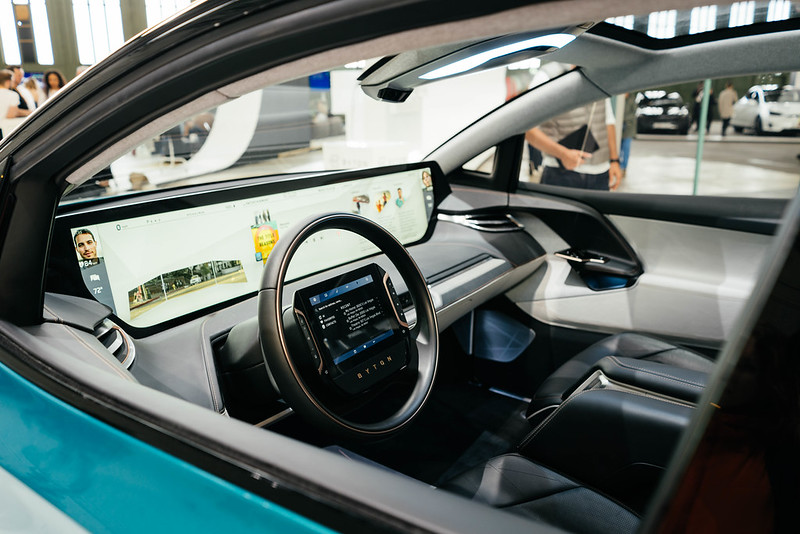With the top car brands around the world manufacturing autonomous vehicles, driverless roads are closer to hitting the roads than we think. While there are different levels of autonomy, the technology is already being used in many of the top cars. It depends on where each automotive company is at in the process and what the local regulations are, fully self-driving cars will soon be a reality. Still, there are many questions about the process. Here are a few things you should know about the future of automated motor vehicles and driverless roads.

What are the Levels of Automobile Automation?
Level one is driver-assisted functions such as cruise control and level two is a driver-assisted system that controls speed and steering. Level three consists of full automation in specific situations but the driver may need to take control of the vehicle if specific conditions are present. Finally, levels four and five are fully automated in certain situations with no driver intervention and completely driverless automation. While the first two levels of automation are essentially in every new car, levels three and four are the most relevant currently.
Vehicles with level three systems are able to make informed decisions on their own. This is by classified by the car using primarily using an automated driving as opposed to a manual system. Some of these decisions include overtaking moving vehicles but drivers are still necessary. Level four is described as essentially fully autonomous. Designed to perform all safety-critical driving functions and monitor roadway conditions for a whole trip, level four can intervene if things go wrong or there is a system failure. These can be left to run completely on their own, with no human intervention. While test vehicles have been operating over the last few years, it is estimated that they will become the majority within the next decade.
Will Level Five Autonomy Work on Narrow Rural Roads?
Level 5 autonomy is the optimum level of automation when vehicles do not require any human intervention. They are described as fully-autonomous, meaning that the vehicle that can drive anywhere in the world without any human intervention. These vehicles do not typically feature driving controls such as steering or pedals. The timescale of their implementation is currently not known, but when implemented this technology would be able to avoid hitting a pedestrian or swerving to avoid a collision. While level five automation will be able to handle narrow rural roads, it will be a while until this technology is widespread.
What Kind of Regulation & Legislation will be Necessary for Driverless Roads?
A lot of legislation will need to be put in place to ensure that trials of autonomous cars can use the roads. Permitting is necessary. Some examples of legislation would be to allow testing on motorways or testing in the cities. Codes of practice will provide a framework so that all stakeholders understand what’s expected and required from them to test vehicles in live traffic. That way, the government can specify what roads need to be tested for automated vehicles. As automation continues to spread, the regulation will need to evolve with it. Currently, there are new rules to allow testing of self-driving cars on Irish roads.
How Safe are Autonomous Vehicles?
According to McGinley, which is a firm of personal injury solicitors, autonomous vehicles will be very safe once they are widespread. The problem is the transition. While some cars will be able to be fully driverless, others will not. That’s why it is important to make sure that the levels of automation are approved for the roads and are rolled out at a similar time.
Will there be a Big Market for Driverless Cars in Ireland?
The global economic potential of over 100 billion Euro revenue per year. The market in Ireland will vary from region to region, the regulatory goal of the reduction in road deaths will drive the introduction of more autonomous vehicles internationally. It is undoubtedly a large market, and it is difficult to tell how driverless vehicles will fare in Ireland. In Dublin, the market will be the largest but it will spread as autonomous cars become more widespread. It is only a matter of time.
